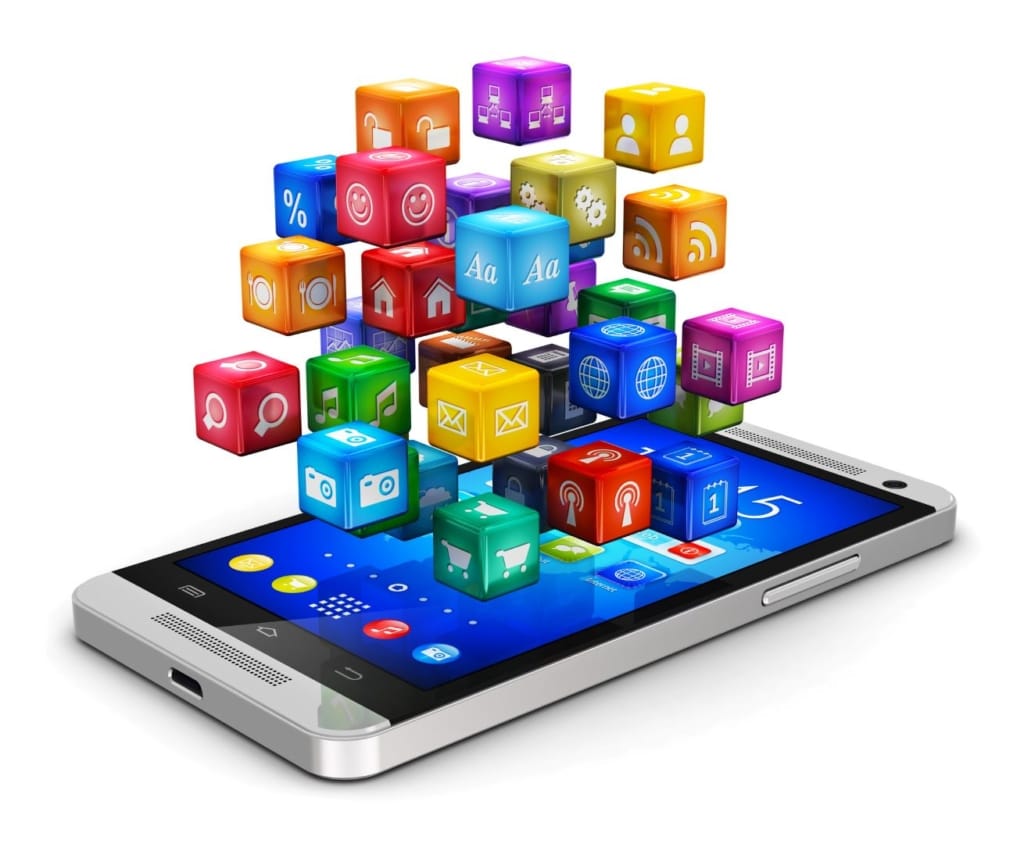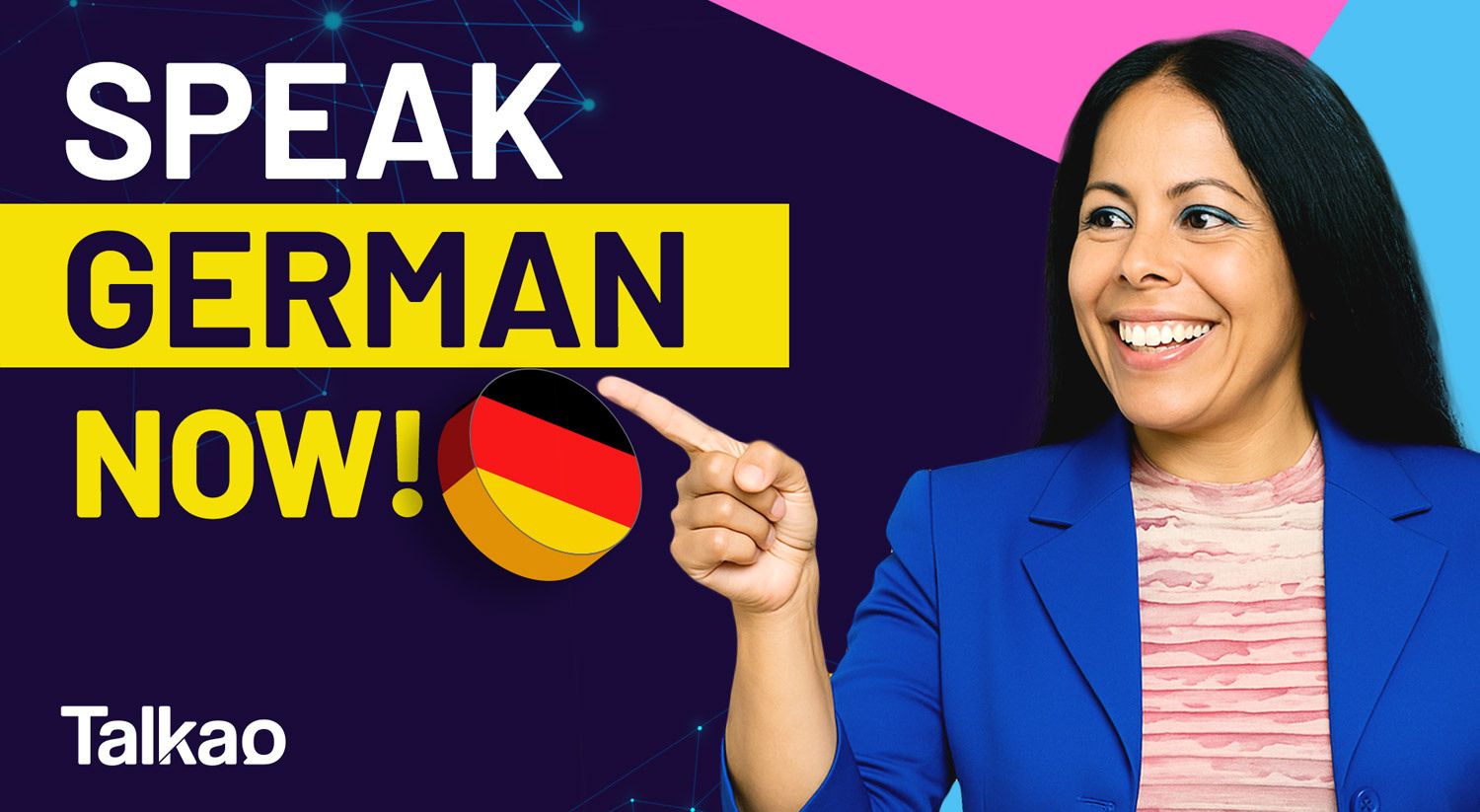
Nowadays, with so many options available, selecting the best translation apps isn’t an easy task… and we’re lucky it’s that way! While this may seem contradictory, you’ll soon see why it’s a fortunate situation. The abundance of choices in the translation app market works in favor of users like us.
In markets with a wide variety of offerings, consumers tend to be more selective. Consequently, translation apps must make an extra effort to stand out from their competitors. And that’s where we, the users, benefit! Why? For a simple reason: quality and user experience become the main differentiators.
For this reason, we’re focusing today on presenting the best translation app options for 2025. Additionally, we’ll guide you on what to look for in an app to ensure it meets your specific needs.
Let’s choose the best translation apps for 2025!
What should translation apps offer?
If you search for translation apps in your mobile’s app store, you’ll quickly find thousands of options. Some have appealing logos, while others promise to be the best in the market. But is that really the case? Should we trust what the apps themselves say when making a choice? As you might guess, the answer is a resounding… No way!
Just like in any other market, sellers will try to convince you by all means that their product is the best. They’ll claim their app is the ultimate solution or that downloading it will change your life forever. This is normal, and we can expect translation apps to present themselves as the top choice. However, relying solely on their promises isn’t always the best way to pick the right one.
Before downloading a translation app, pay attention to the following:
Search engine rankings
A great way to evaluate translation apps is by thinking about it as you would when shopping for any other product. Imagine selecting fruit at a supermarket. Typically, the grocer places the most attractive, appetizing fruits upfront to catch your eye. App stores like Google Play Store or Apple’s App Store do the same—they showcase the most enticing “fruits” first to grab your attention.
In fact, over three-quarters of app downloads are concentrated in the top five results. As a result, translation apps fiercely compete to secure these spots. However, these positions are reserved for those apps that truly deserve them. Search engines use strict criteria for ranking apps, focusing on factors that enhance user satisfaction.
Key factors include download frequency, technical performance (e.g., speed, code errors, digital security), pricing (free or paid), regional availability, and suitability for all age groups. More recently, search engines also reward apps offering exceptional user experiences—easy navigation, smooth content flow, and meaningful value.
By combining these elements, you can narrow down your options. Typically, the top five apps are the most likely to meet your needs.

User ratings
A crucial aspect to consider is the app’s rating. However, keep in mind that app stores often prioritize their own products, such as Google Translate or Apple Translate. While this may seem unfair, it’s not unethical or unusual. Naturally, store owners will promote their products before highlighting those of competitors.
That said, apps like Google Translate or Apple Translate are well-rated and remain excellent options. But modern users are savvy and won’t hesitate to give low ratings if an app doesn’t meet their expectations. A rating system, usually displayed as stars (out of 5), is a clear indicator of an app’s quality. An app with a rating above 4.5 is generally considered “good,” but don’t stop there. Let’s see why.
User reviews
In marketing, there’s a golden rule: not all satisfied customers will leave a review, but dissatisfied ones almost always will. Statistics show that less than half of happy users bother to leave a rating, and even fewer write detailed reviews. Conversely, 3 out of 4 dissatisfied users are likely to leave negative feedback.
This imbalance can create a distorted perception, so it’s important to approach reviews critically. Often, negative reviews stem from issues unrelated to the app’s actual quality—such as users not reading terms or misunderstanding functionality. To get a clearer picture, look for common patterns among reviews. If most reviews highlight recurring issues, it’s likely a genuine problem. Similarly, if the majority are positive, it’s a strong indicator of reliability.
What are your needs?
Before diving into the app store, take a moment to identify your needs. Why do you need a translation app? Defining your purpose will guide you toward apps that truly address your requirements.
Different translation apps cater to different needs—whether translating text, improving vocabulary, focusing on grammar, or enabling voice translations. Let’s explore the main types of translation apps available in 2025.

Types of translation apps
Using the criteria we’ve just covered, when selecting your next translation app, you should focus on your goals. It largely depends on what you need and how you plan to use the translation apps you download. In other words, there’s a specific app tailored for every level of language learning or proficiency, available resources, or specific purposes. In the translation app market, you’ll come across the following options:
Text translation apps
The best text translation apps transform text from one language to another while maintaining its fundamental structure. This means they don’t perform a word-for-word literal translation; instead, they analyze the text and translate it coherently. Additionally, they ensure the translation flows naturally, is easy to read, and adheres to grammatical and spelling rules.
Many of these apps leverage advanced text processors. Applications like Google Translate or DeepL receive high ratings and reviews in the market. However, these translation apps often fall short by being overly literal. What does this mean? When translating, it’s essential to choose apps capable of delivering a natural, fluid text in any language.
Furthermore, the translated text must preserve the original’s intent, tone, and structure. The Talkao Translator uses text recognition software powered by Artificial Intelligence (AI) and Big Data technologies. This advanced system enables the app to recognize not just words but also their meaning and intent within the entire context. Additionally, it can incorporate synonyms, related terms, and idiomatic expressions native to the target language. On top of that, it supports translation between more than 125 languages.
Voice translation apps
Apps like Microsoft Translator or SayHi are undoubtedly great options. However, they are primarily focused on translating the world’s most widely spoken languages into English. So, if you’re looking to translate from Chinese to French or Finnish to Arabic, these apps may not be very useful.
The best voice translation apps must have the capability to recognize speech, identify the language and its linguistic structures, and perform real-time translations. Essentially, they should function as a simultaneous interpreter, delivering precise, fast, and effective translations.
Talkao Translate is one of the highest-rated apps available today and an excellent choice for translating conversations. Moreover, this app uses machine learning technology, which allows it to improve automatically. What does this mean? The more you use it, the app adapts to your usage patterns and needs, becoming increasingly personalized and scalable over time.
Additionally, the app excels in recognizing accents, voice inflections, and colloquial expressions with remarkable accuracy.
Image translation apps
These apps are also known as OCR apps, which stands for Optical Character Recognition translation. This technology, which feels almost like science fiction, is now a reality. Apps like Google Translate or Talkao Camera Translator use highly advanced character recognition software. This system can identify words from virtually any image capture.
With an immense database containing billions of words in over 100 languages, you can translate anything—from a restaurant menu to a book excerpt—just by using your phone’s camera. These translation apps can process and translate text embedded in images within seconds, regardless of the font, size, or clarity of the text.
This technology is particularly useful for translating different alphabets, such as Arabic, Cyrillic, Chinese, or Japanese. Furthermore, Talkao’s camera translator boasts a database that includes over 100 alphabets and symbol systems, making it a versatile tool for users worldwide.
Dictionary apps
Translation isn’t always about converting words from one language to another in a simple, literal manner. Often, you need to understand the meaning of a word, its various definitions, synonyms, and antonyms. Similarly, dictionaries can help you grasp grammatical forms, proper spelling, and orthographic elements. Additionally, they can provide examples of how a word is used in common phrases or sentences.
Fortunately, the digital age has brought us thousands of online dictionaries. Some are excellent, while others… Well, they’re practically useless. One of the biggest flaws of many online dictionaries is their lack of comprehensive word coverage. This is especially challenging for languages like English, which has nearly a quarter of a million words. Another common issue is the lack of regular updates. Take English again as an example—over 5,000 new words are added to its lexicon every year.
The Talkao Dictionary stands out by continuously updating its content across more than 125 languages. It incorporates slang, colloquialisms, idiomatic expressions, and virtually every grammatical form for each language. Unlike other dictionaries that rely solely on official sources like the RAE or Cambridge, Talkao also includes words and phrases in common usage, making it a reliable and up-to-date tool for language learners and enthusiasts.
Augmented Reality translation apps
You’ve already seen how OCR technology can recognize characters in context and translate them into any desired language. You’ve also learned how Big Data can store billions of words and their uses across more than 120 languages. Similarly, you’ve discovered how AI and machine learning enable translation apps to self-improve and continuously update.
However, as impressive as these technologies are, they pale in comparison to the potential of Augmented Reality (AR). AR is the future of translation, and you can already download this groundbreaking technology onto your smartphone. The Talkao Augmented Reality Translator can recognize everything around you, associate it with a word, and provide instant translations. There’s no need to type names—this app identifies objects and locations simply by analyzing their physical features.
Imagine being able to instantly learn the name of any object or place within your field of vision. But that’s not all. The app also lets you convert spoken conversations into text in real time, enabling you to read and understand what someone is saying in another language instantly. With this feature, you can effortlessly communicate with anyone, in any language, even if you don’t understand a single word of it.
Without a doubt, the translation apps of 2025 are revolutionizing how we comprehend and express ourselves in any language across the globe. And the best part? This technology might soon become obsolete as even more advanced innovations emerge, making life easier and communication more seamless.
In 2025, language barriers and borders are gradually fading, proving that the saying is true: It’s a small world, after all!










Newsletter